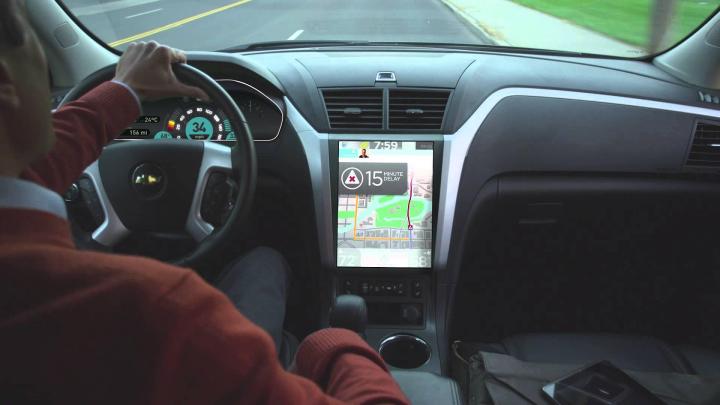
That’s a great description of the Internet of Things from AT&T’s John Donovan, who oversees network technology and the emerging, cloud-based ecosystem. The company aims to make its technology backbone of the emerging IoT world, a communication mechanism that will let your car talk to your drapes and door knobs.
Donovan spoke Friday morning to open up an “Innovation Showcase” in New York City at a mammoth, windowless AT&T building near Ground Zero that once housed the company’s switching operations. It was an apt location: The building is no longer switch central, and AT&T is no longer a hardware company.
“We realized we could not just continue updating routers and switches to keep pace with network demand. It’s too slow and too expensive,” Donovan wrote on Friday morning about the event. “We are becoming a software company. By 2020, we plan to virtualize and control more than 75 percent of our network using software-centric architecture.”
The plan is to revolutionize networking tech, turning on its ear decades of dependence on existing gear in favor of software smarts and cloud-based everything.
“If you go back to the way networks have been built for tens of years, they’re built in a rack-and-stack manner — a bunch of physical boxes connected to a bunch of other physical boxes that are interconnected to more physical boxes,” Chris Rice, vice president of advanced technologies and architecture, told Digital Trends.
“We think we can separate or decompose the functions that occur within those elements, put them on a common cloud, and then bring them together like software modules. It’s a major shift within the industry; that’s what software-defined networking is all about.”
It’s ambitious, of course, and the projects the company showed off at the event detail a variety of ways the company is rethinking networking and its business for the 21st century. One demo showed a connected app that turns the smartphone into an extension of the company’s Digital Life program; it lets a user send alerts about medical or physical emergencies. Then there was circuitry for a car seat that’ll send an alert to your phone if your loved one or pet is locked in a hot car.
Indeed, several demos showcased the company’s connected car infrastructure, facilitated by bundling a SIM chip into the car itself rather than relying on a cellular phone. Voice recognition software lets a driver talk to the various smart devices in his or her home, whether on the Digital Life platform or on any other.
Some of the demos were just that: demos. Others were examples of emerging ideas from the company, such as network on demand, through which a business can add or change networking services in real time rather than waiting for new cabling to be installed.
“Last year we weren’t even sure this would work,” Donovan joked.
The event was one in a series that stretches back seven years, revealing how the company has changed its mindset over time, he said.
“Seven years ago this looked like a transition. Now it looks like transformation,” Donovan said.


